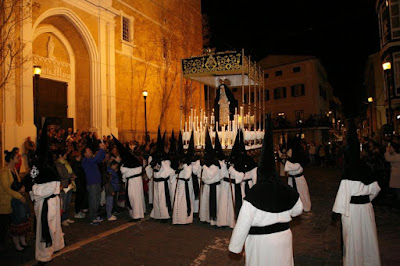The Minorca
Regiment was raised in 1798 by Lieutenant-General Sir Charles Stuart from German-speaking prisoners of war of Swiss regiments,
formerly in Spanish service, when Minorca
was under British control on December 12th. 1798.
François Théodore Rochard (French, 1798-1858)
An Officer of the 96th Regiment of Foot, wearing double-breasted
red coatee
with gold epaulettes and collar, white cuffs, black breeches,
crimson sash tied
at his waist, white cross belt, the belt plate
bearing 96, and
a gilt-handled sword on his left hip
The regiment embarked to Gibraltar en 1800 and in 1801 took part in the expedition to
Egypt
to dislodge a French army of occupation. During the Battle of Alexandria, French cavalry charged the British
infantry and were about to break through the lines, such was the ferocity of
their charge, but the Minorca Regiment advanced in support and launched volley
after volley into the mass of cavalry with devastating effect.
The regiment embarked for Portugal in spring 1808 for service in the Peninsula War. It saw action at the Battle of Vimeiro in August 1808, the Batalla de Talavera in July 1809 and the Battle of Bussaco in September 1810.It also fought at the First Siege of Badajoz In February 1811 and the Battle of Albuera in May 1811 before sailing for home in October 1811.
The regiment was dispatched to Canada in May 1814 and took part in the Siege of Fort Erie in August 1814 before arriving back home in July 1815. It was renumbered as the 96th (Queen's Own Germans) Regiment of Foot in February 1816 and was disbanded at Limerick in Ireland in December 1818


































